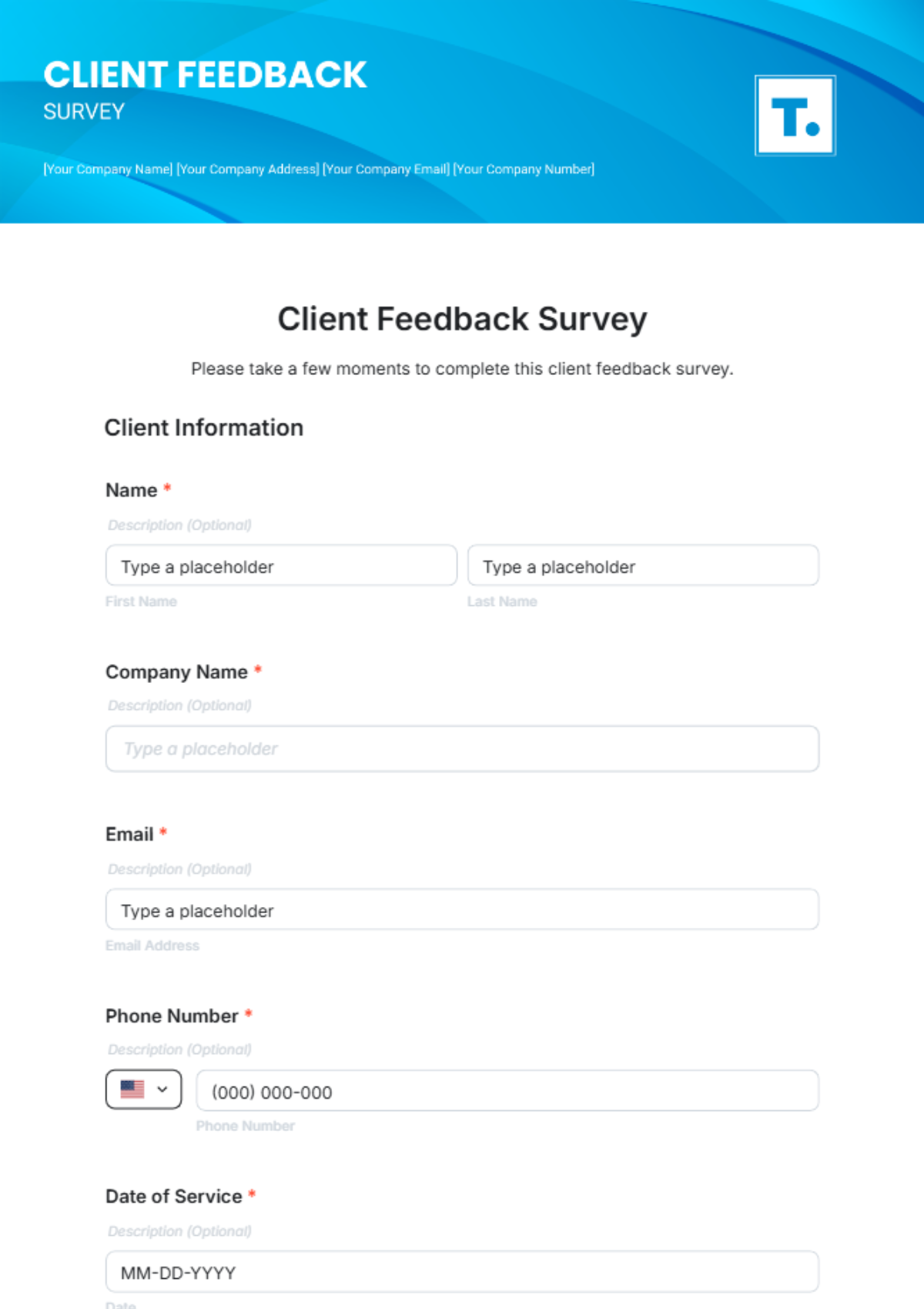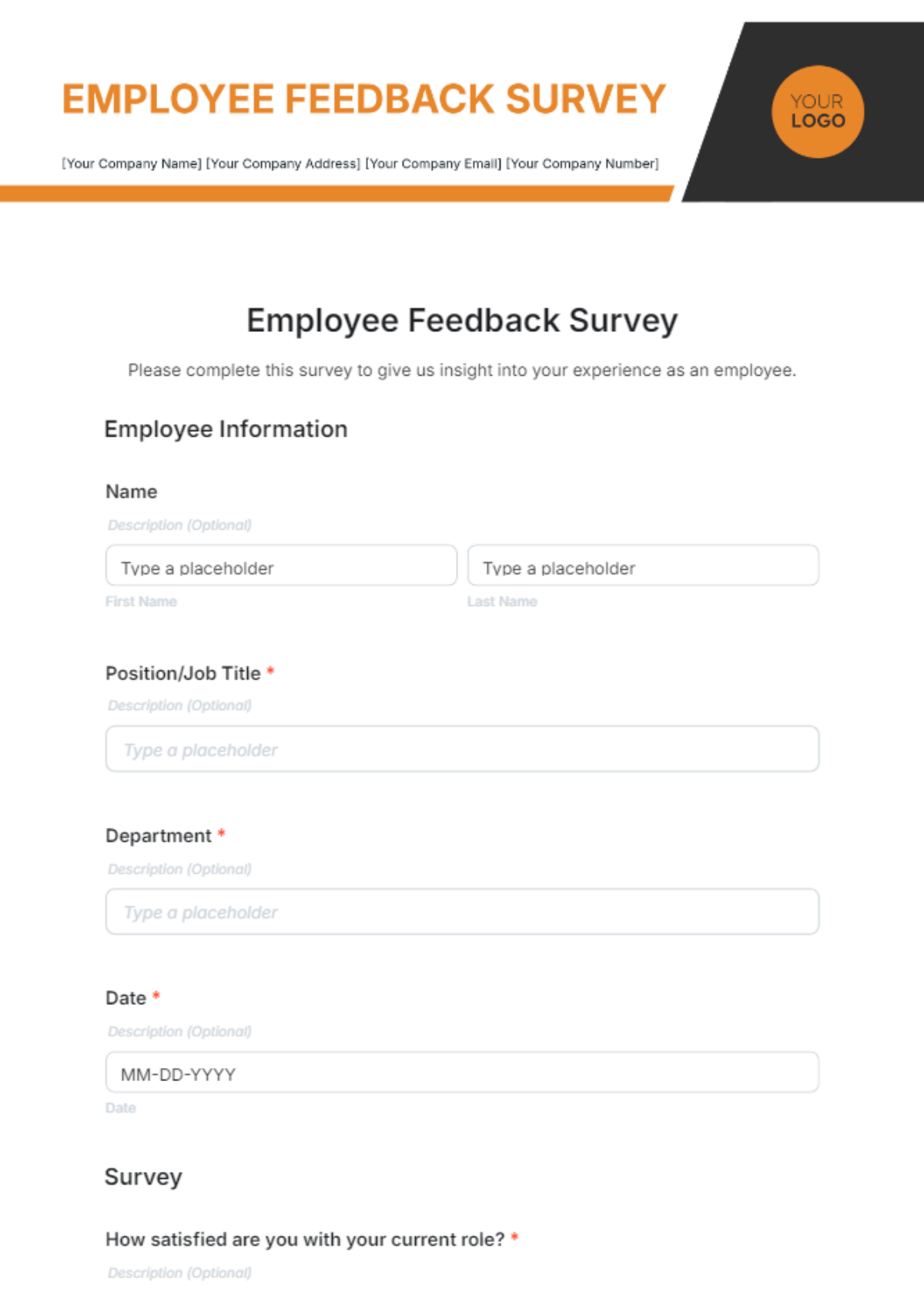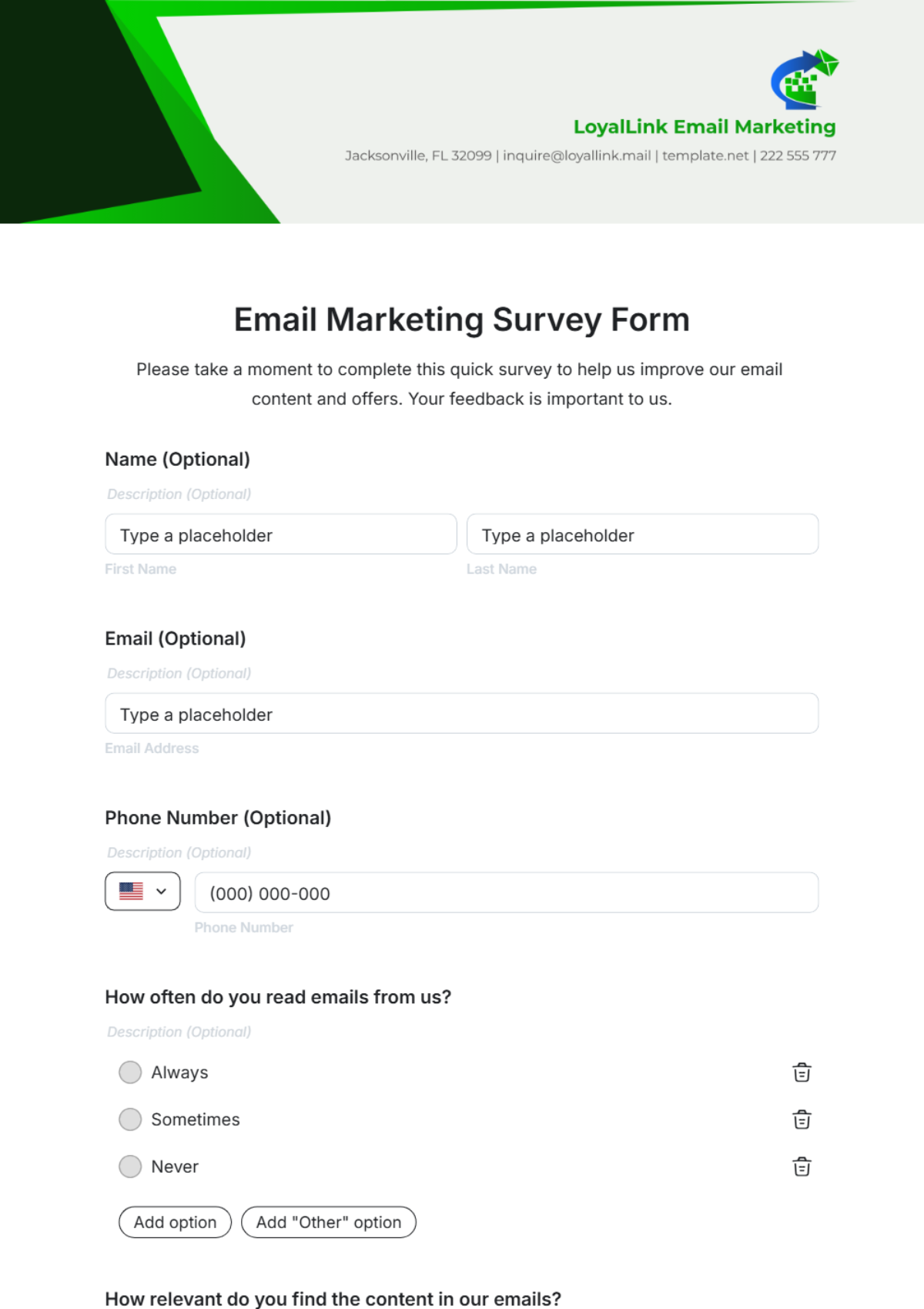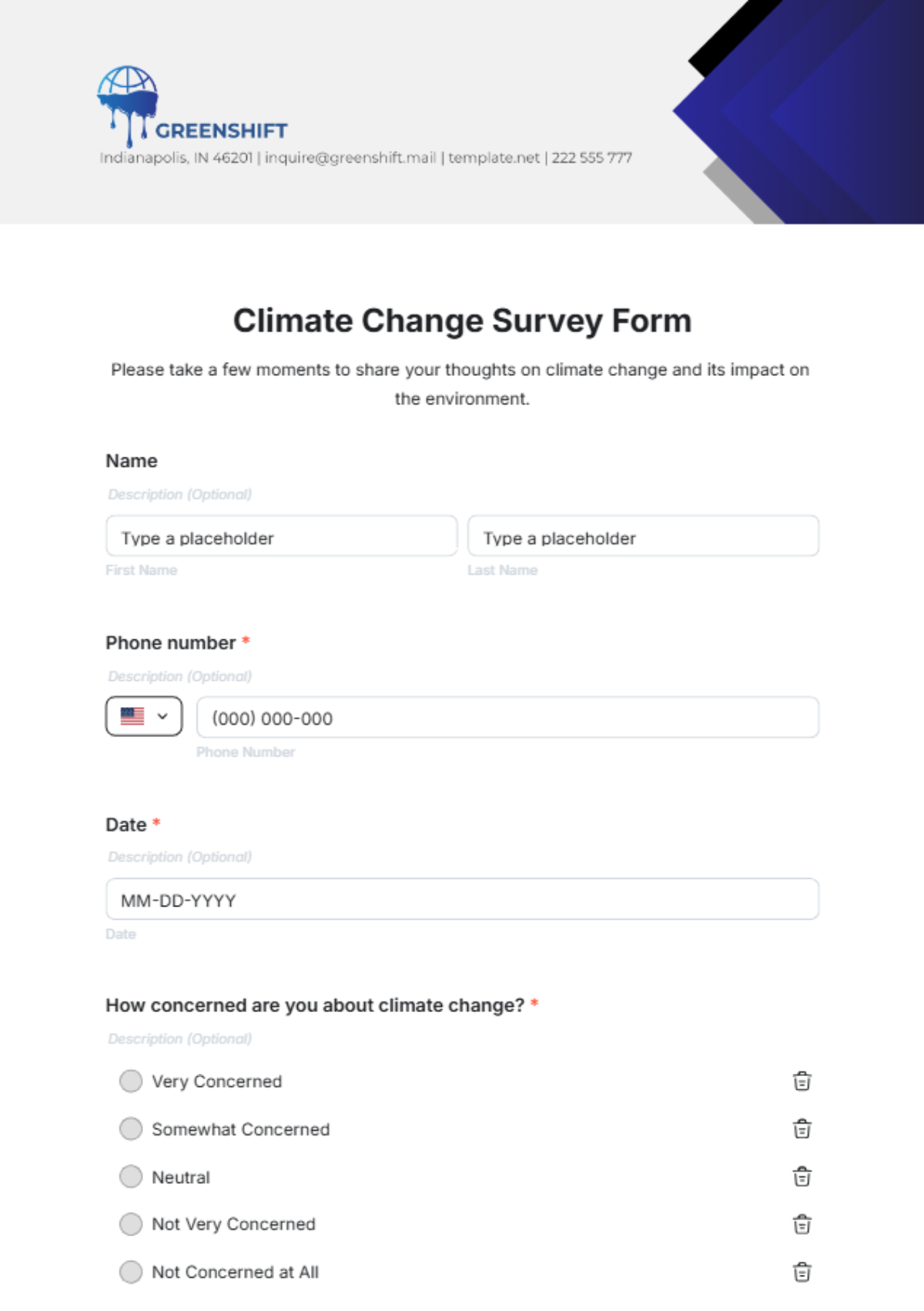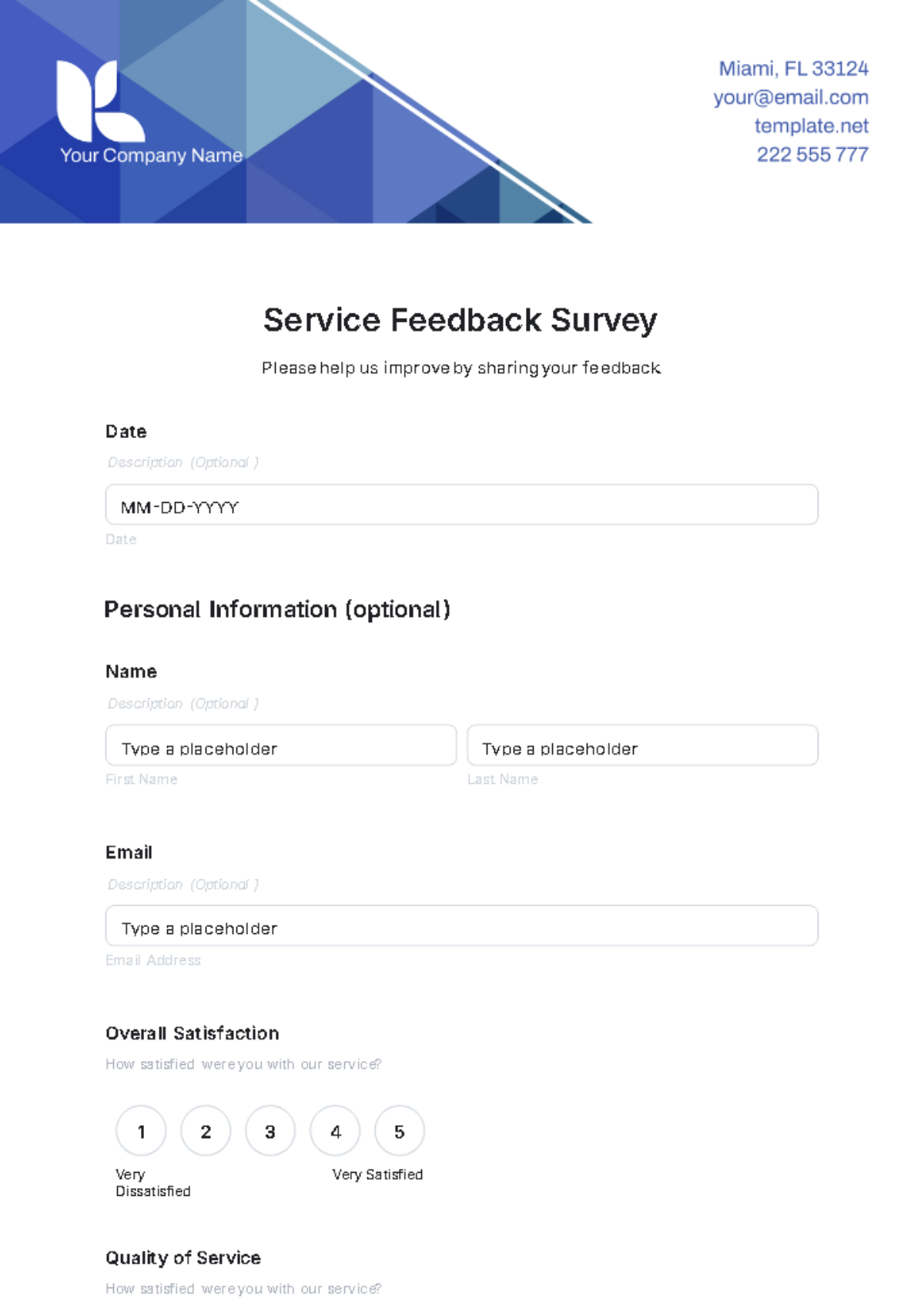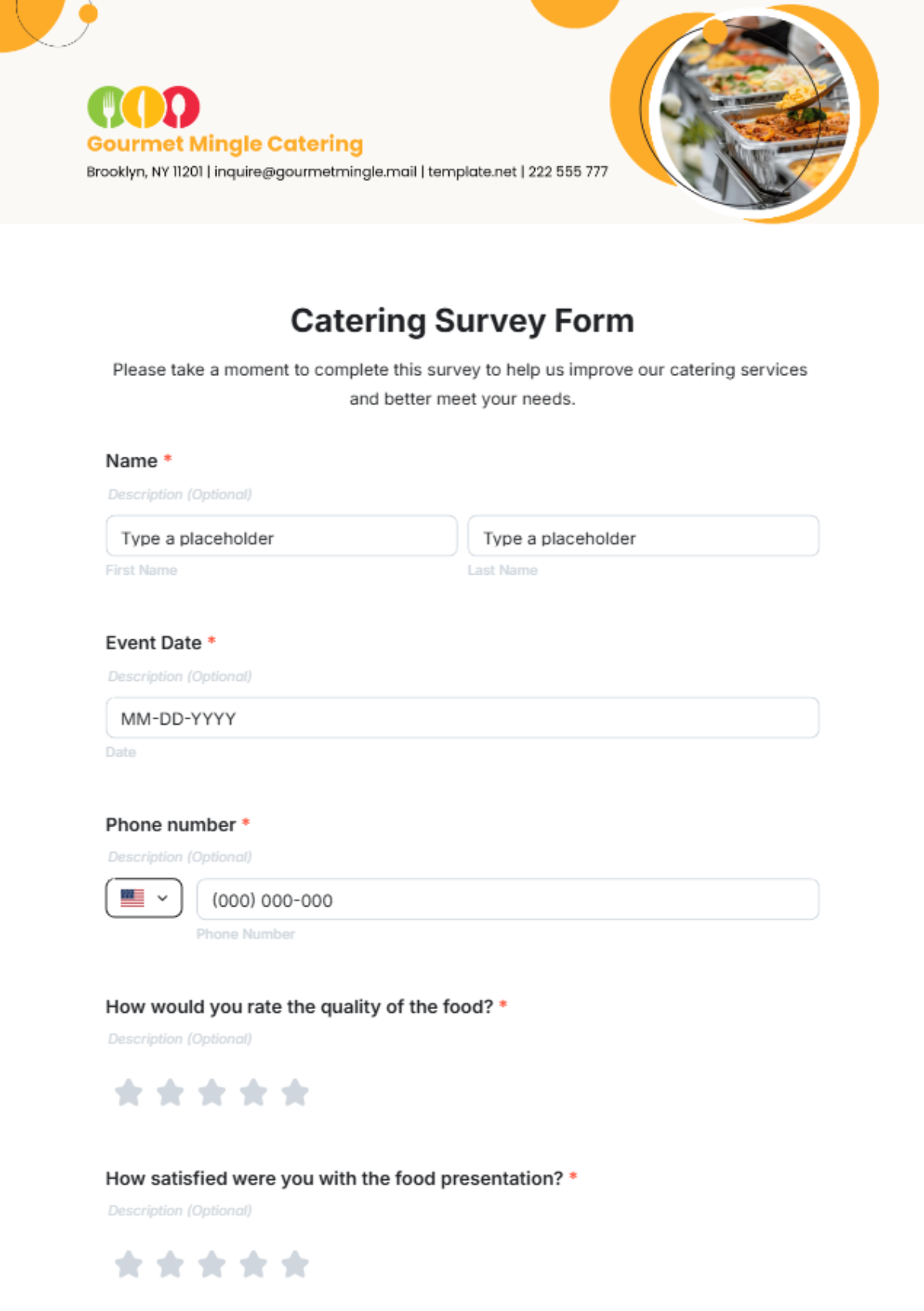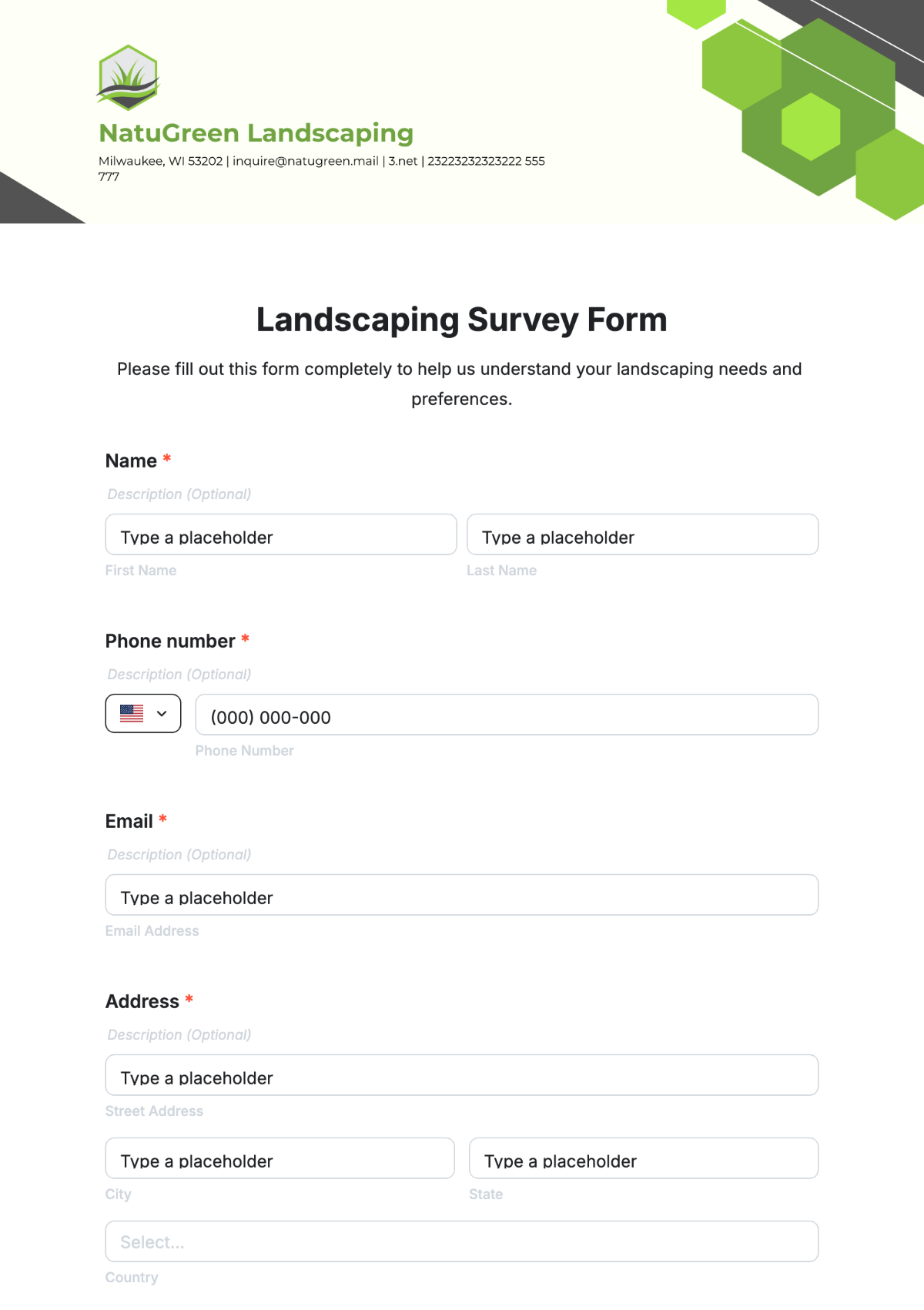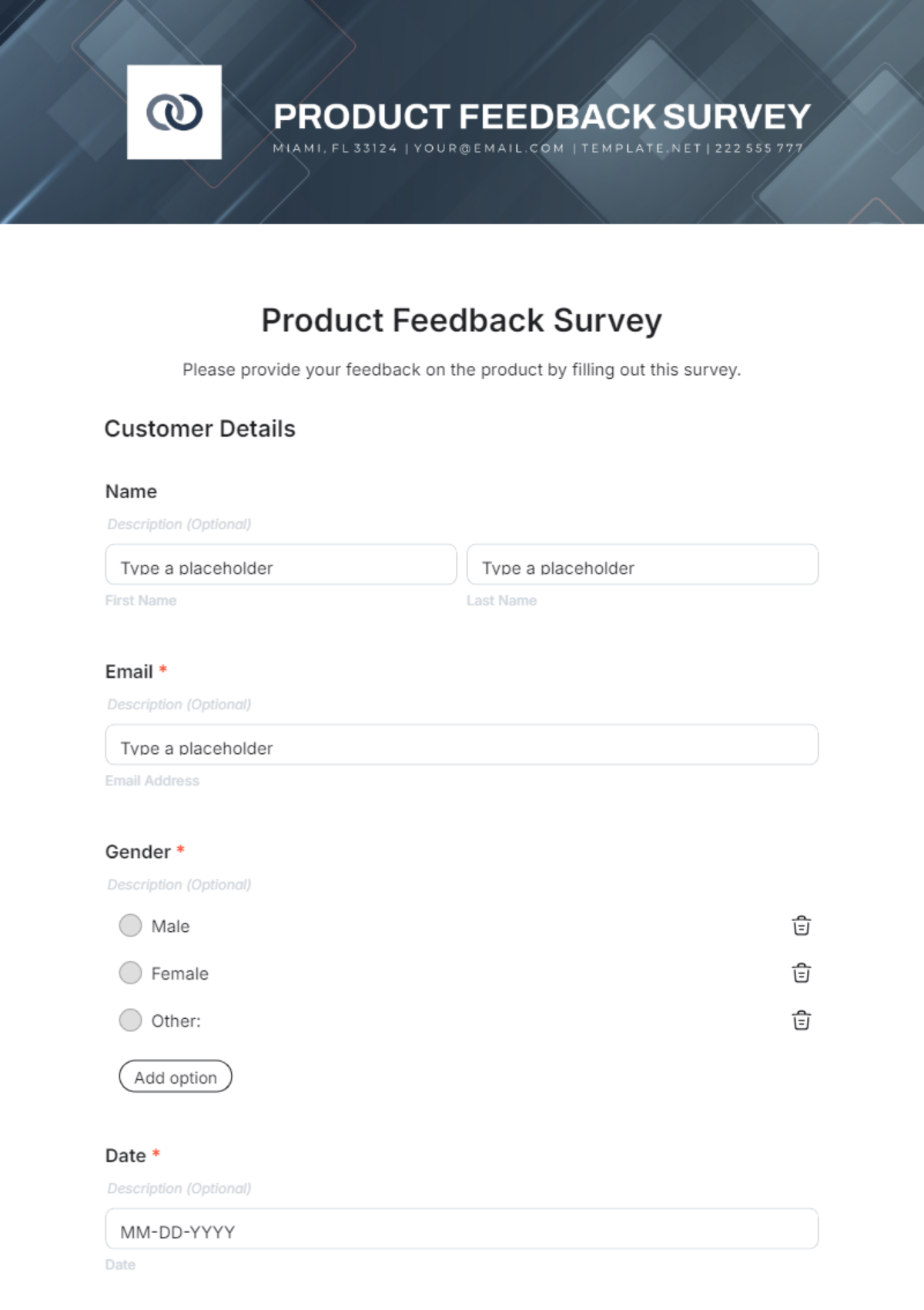Free Tourism Survey Descriptive Research
Uncover tourism trends with Template.net's Tourism Survey Descriptive Research Template. This fully customizable and editable template is ideal for researchers and businesses analyzing tourist behaviors and preferences. Easily adapt it to your specific needs using our AI Editor Tool, ensuring comprehensive and accurate survey results that provide valuable insights into the tourism industry. Perfect for data-driven decision-making.




